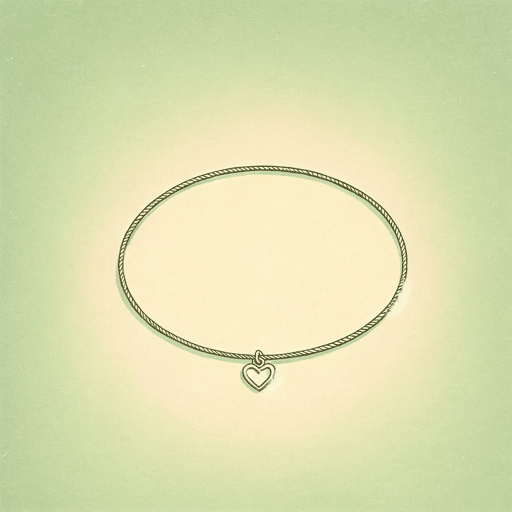64 pages • 2 hours read
Colleen HooverIt Ends With Us
Fiction | Novel | Adult | Published in 2016A modern alternative to SparkNotes and CliffsNotes, SuperSummary offers high-quality Study Guides with detailed chapter summaries and analysis of major themes, characters, and more. For select classroom titles, we also provide Teaching Guides with discussion and quiz questions to prompt student engagement.
Themes
The Cyclical Nature of Domestic Violence
It Ends With Us foreshadows Lily’s experience with the cycle of domestic violence by introducing the readers to Ryle Kincaid as he is going through one of his rages and repeatedly pummeling a chair. Watching him, Lily thinks of her father, whom she despises for having been abusive to her mother. She will make this connection again after she and Ryle are a couple and he assaults her. At that point, Lily will begin to see herself as her mother, toward whom she’d long harbored resentment. Lily will come to recognize that like her mother, she finds herself wanting to excuse Ryle’s behavior and believing that it will improve, despite evidence to the contrary.
Lily discovers that the cycle of domestic violence sustains itself through self-delusion and fear: the self-delusion that the perpetrator will stop, and the fear of breaking the relationship. In Lily’s case, her fear is brought to the forefront once she learns that she’s pregnant with Ryle’s child. She doesn’t want her child to grow up in a broken home, but neither does she want to bear Ryle’s abuse, or for her child to witness said abuse the way Lily witnessed her mother’s. To break the cycle is not only to take a stand for her own self-worth, but also to allow her child to have a positive relationship with her father.
Related Titles
By Colleen Hoover

All Your Perfects
Colleen Hoover

Confess
Colleen Hoover

Heart Bones
Colleen Hoover

Hopeless
Colleen Hoover

It Starts with Us
Colleen Hoover

Layla
Colleen Hoover

Losing Hope
Colleen Hoover

Maybe Someday
Colleen Hoover

Never Never
Colleen Hoover, Tarryn Fisher

November 9
Colleen Hoover

Regretting You
Colleen Hoover

Reminders of Him
Colleen Hoover

Slammed
Colleen Hoover

Too Late
Colleen Hoover

Ugly Love
Colleen Hoover

Verity
Colleen Hoover

Without Merit
Colleen Hoover

